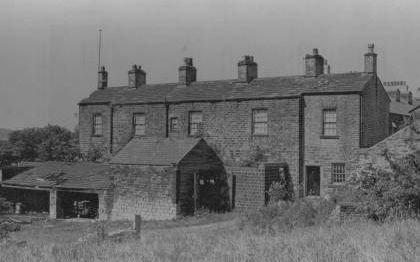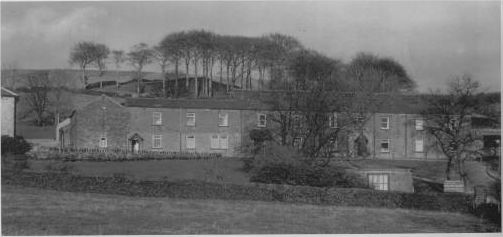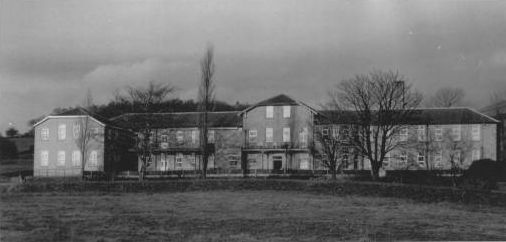
The original workhouse cottages built in 1834 |

Shire Hill View Infirmary opened in 1897 after Glossop Union Workhouse was extended |

The hospital was further extended in 1927 with the opening of Glossop and Chisworth Wards |

The original workhouse cottages built in 1834 |

Shire Hill View Infirmary opened in 1897 after Glossop Union Workhouse was extended |

The hospital was further extended in 1927 with the opening of Glossop and Chisworth Wards |